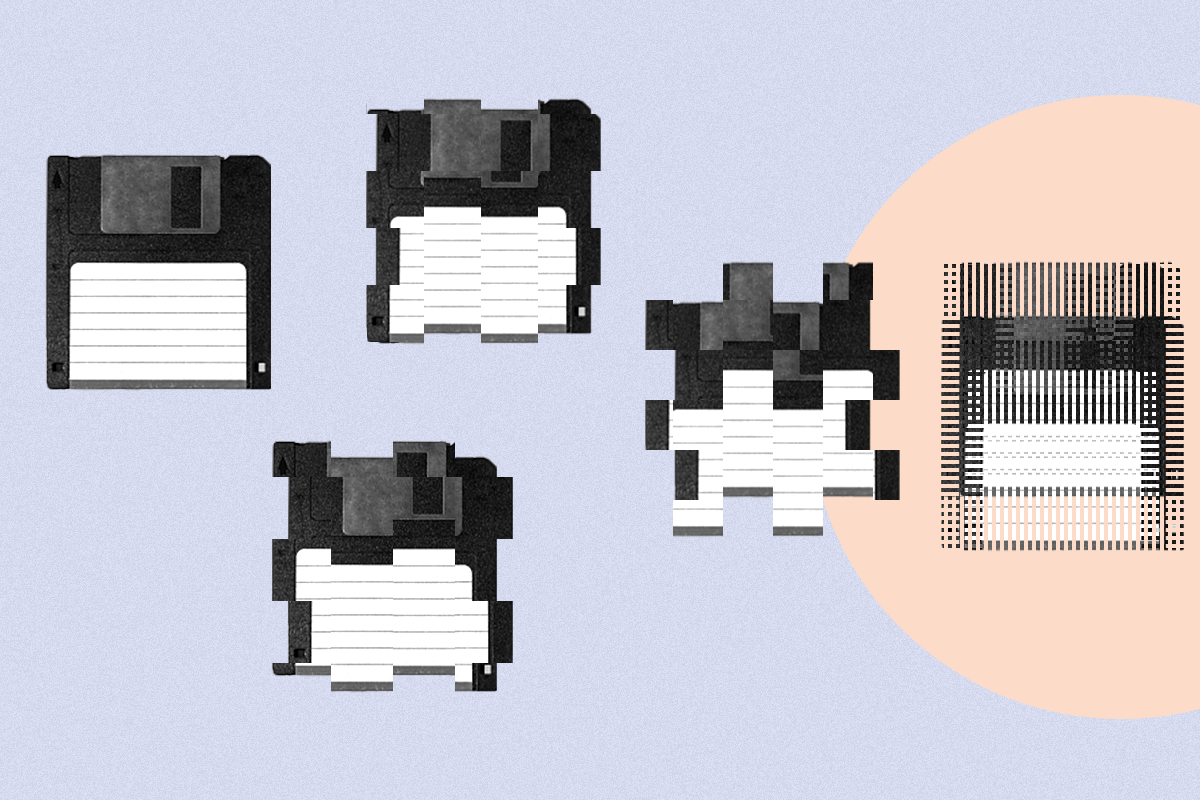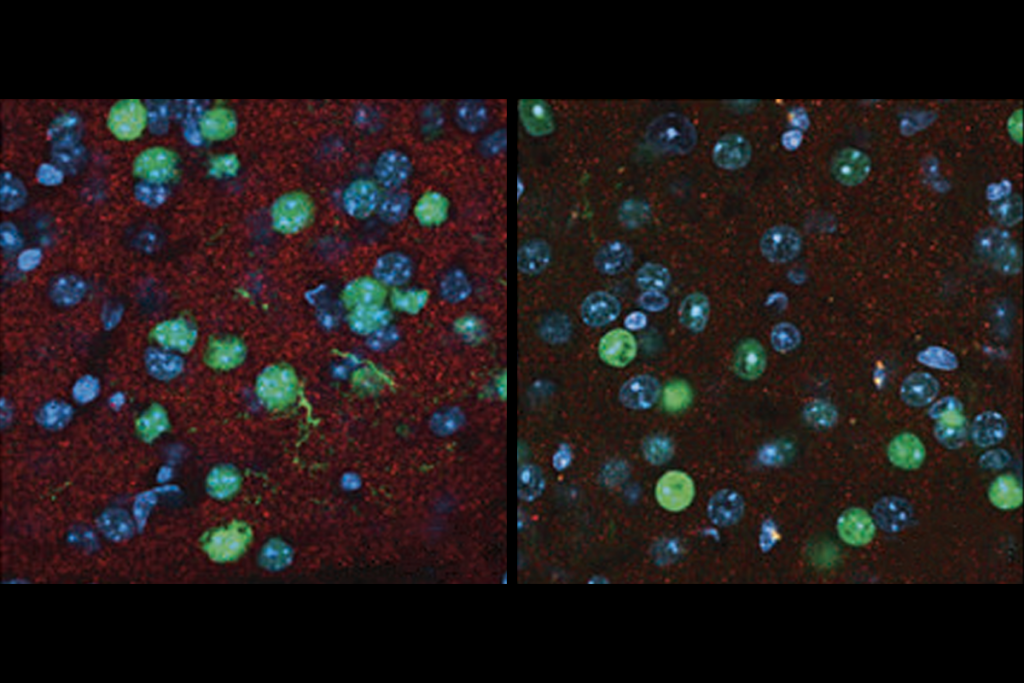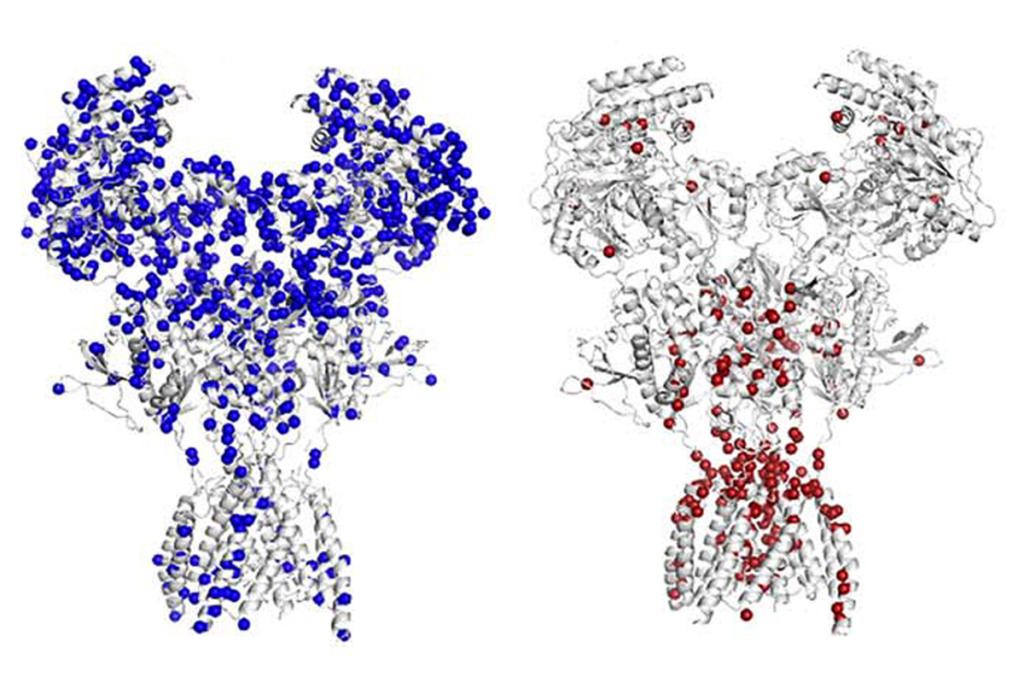A new research initiative from the U.S. National Institutes of Health (NIH) seeks to gather and analyze multiple autism-related datasets to better understand the underlying causes of the condition. Letters of intent are due tomorrow, but the project’s atypical call for applications has autism scientists divided on whether or not to participate.
The Autism Data Science Initiative provides $50 million for an anticipated 10 to 25 projects, according to the 27 May announcement. The funding opportunity uses an Other Transaction (OT) funding mechanism, which tends to be implemented when, among other reasons, a project is expected to evolve over time, more collaboration is required from the NIH or nontraditional research groups are involved, according to an NIH website.
For a field that has recently seen budget cuts, some researchers are welcoming the opportunity for funding, says Helen Tager-Flusberg, director of the Center for Autism Research Excellence at Boston University and leader of the Coalition of Autism Scientists, an organization formed in response to Health and Human Services Secretary Robert F. Kennedy Jr.’s claims about the causes of autism. But the unusual nature of the announcement has others concerned, she says.
For one, applications are not set to undergo the typical peer-review process via posted study sections, according to the announcement; the “objective review” will instead involve newly convened review panels of “both internal and external subject matter experts.” Those names have not yet been announced. And because of the OT funding mechanism, researchers can gain or lose funding for their work at any time, the announcement says. Additionally, no program officers are listed as associated with the initiative, and no external advisory board has been announced, Tager-Flusberg says. NIH representatives did not respond to The Transmitter’s requests for comment.
“There’s just a lot of uncertainty around what the process is going to look like,” says Jacob Michaelson, professor of psychiatry at the University of Iowa. He says that he is not in a position to lead an application, but he will likely contribute to one.
Still, recent instances of the Department of Health and Human Services and the NIH violating norms around research funding have created “a lot of skepticism and mistrust,” Michaelson says. Because there are so many misconceptions about autism, “it is vital that the process that funds autism research be above reproach,” he adds. It should be clear “that there is no underlying agenda that is guiding what autism research is funded.”
T
he initiative’s goal is to combine new and existing databases to help identify previously uncovered prenatal and perinatal causes of autism, as well as treatments and interventions that lead to improved outcomes for the condition, according to the announcement. Other aims include having independent teams replicate those analyses and identifying gaps in existing datasets.Projects will be funded for 24 months for complete datasets and 36 months for datasets that need to collect more data, according to the website. That timeline is short, particularly for collecting novel data, Tager-Flusberg says.
The inclusion of multiple datasets will require careful analysis, says Catherine Lord, George Tarjan Distinguished Professor of Psychiatry and Education at the University of California, Los Angeles. “If you have a thousand variables, the chances—from luck—that you’re going to find something related to something else [are] very high,” Lord says. Depending on where the data came from and who provided them, “there is just a probability of finding something that might be utterly meaningless.”
Lord says she is also concerned about whether patient privacy will be respected—an issue others raised when Kennedy first announced plans for a national autism database. Lord says that she does not plan to submit an application.
With a 27 June deadline, just one month after the announcement, the initiative’s timeline is also atypically short, says one senior autism researcher who is planning to apply for funding and spoke anonymously out of fear of retaliation. “Normally when a new funding announcement comes out, the least amount of time that they would give you to respond is four months,” he says. The applications require a non-standard format—everything from how sections are organized to its font and margin size is unusual, he adds. “We’re learning a new format, responding to a new funding announcement and doing it in an unprecedentedly short period of time. And it raises concerns that they may have picked people already for some of this.”
Despite those concerns, there are signs that the internal NIH staff involved in assembling the announcement have good intentions, the anonymous researcher says. “It’s an unusual combination of thoughtfulness and clear hurriedness.” For example, the call includes “a focus on treatment and services, on adults on the autism spectrum, and the need for community involvement in the application,” he says. That moves the funding announcement away “from simply trying to show that vaccines cause autism or fluoride in the water causes autism.”
He says that he ultimately decided to apply because he has questions he thinks can be answered with the data that are available. “I’m a scientist, and I’m excited to pursue science. This is an opportunity to do that.”
Besides, “if I want to be part of the continued conversation about shaping autism science in the United States, then I need to take advantage of the opportunities that are available if there’s any chance that they are really good-faith initiatives,” he adds. “You don’t get to complain if you don’t vote.”





